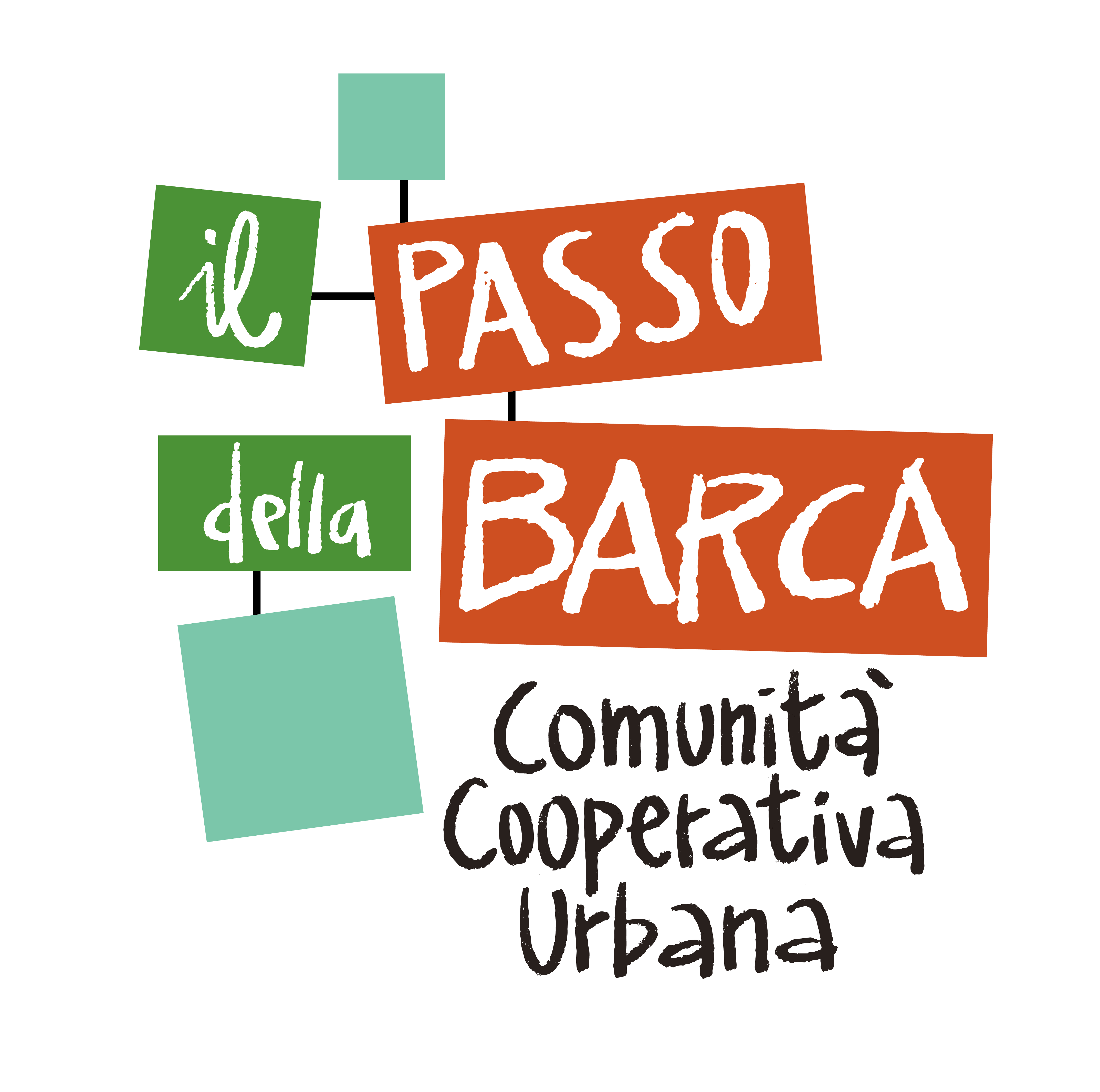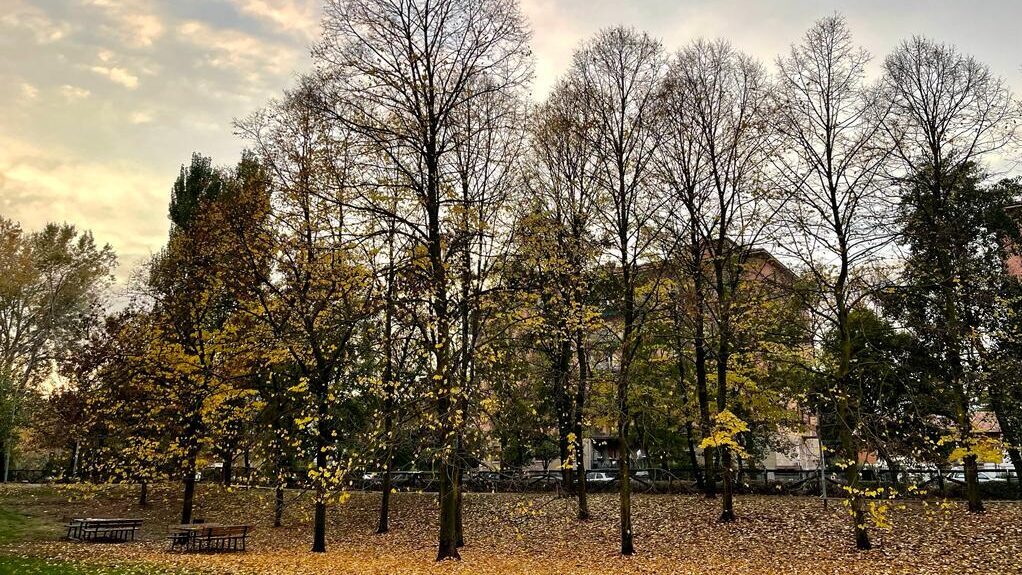Content
Studies have shown that relationships formed within sober living residences function as a pseudo-family that provides healthy relationships that many sober living residents lack at home. Being surrounded by peers with the same struggles and goals is helpful in the recovery process. These formed relationships with other residents are indeed one of the keys to maintaining long-term abstinence and sobriety.

While they are both residences designed to support folks in maintaining sobriety and transitioning back into society, there are some key differences. A study published in the Journal of Substance Abuse Treatment found sober living home residents experienced improvements in arrest rates, alcohol and drug use rates, and employment rates. The authors found evidence that 12-step program attendance and social support systems were key components of recovery for residents. Although relapse is a common part of the recovery process, it threatens the recovery of all residents. Thus, individuals who relapse are usually removed from the sober living home as soon as possible.
What Are Common Programs In Sober Living Communities?
The typical duration is three months, but residents can stay up to 12 months or longer. Residents do not have the training or expertise to provide addiction treatment services like detox, medication-assisted treatment (MAT), or psychotherapy. The main difference is that the residents are [unrelated] adults recovering from addiction rather than relatives. Interviews will elicit their knowledge about addiction, recovery, and community based recovery houses such as SLHs.
Taking care of mental and physical health is a requirement specified on the lease. In addition, sober living homes require that residents take on social responsibilities, https://curiousmindmagazine.com/selecting-the-most-suitable-sober-house-for-addiction-recovery/ like maintaining a job, going to school, or participating in volunteer work. There are various options to consider when looking for a drug-free living environment.
Benefits of Huntington Beach Sober Living
Figure out what other facilities offer and try to find a point of differentiation – how your facility meets a unique and unmet need in the area. The more expensive programs are very much designed like a recovery program, where not only is your day structured, but you have mandated meetings or therapy sessions. There will be activities you’ll be encouraged to engage in, as well as other responsibilities you’ll be entrusted to uphold.
- They look for jobs, acquire skills and try to save up some money for rent and other necessities.
- Expansion of freestanding SLHs in communities might therefore ease the burden on overwhelmed treatment systems.
- Through peer support, proven recovery principles, peer empowerment, and individual responsibility, residents can solidify their sobriety and prepare to return home or live independently.
- You’ve probably heard several different terms for this kind of residence.
Individuals often enter a sober living home after completing detox or intensive residential treatment. Similarly, many residents also attend outpatient treatment, and the sober living home is completely free of drugs and alcohol. Residents of halfway houses will likely be required to attend therapy or 12-step program meetings as part of the house requirements, but halfway houses themselves do not provide addiction treatment. Instead, they serve as a safe and supportive environment where recovering addicts can continue to work on their early sobriety. As mentioned above, a lack of a stable, supportive, and substance-free environment often results in relapse for people in recovery. This hurdle in maintaining long-lasting sobriety can be overcome through the assistance of sober living communities.

